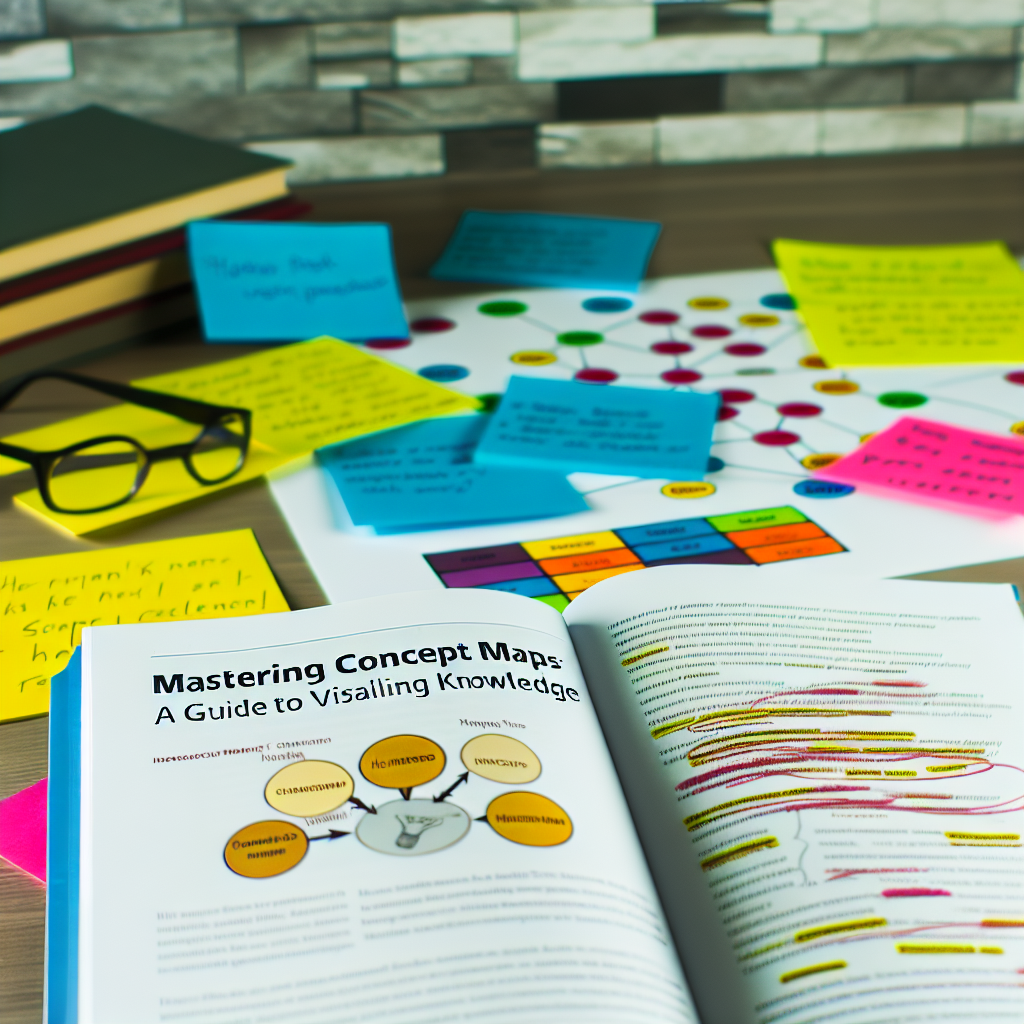Creating a concept map is an effective method to visually organize and represent knowledge, making complex ideas easier to understand and recall. Whether you’re a student, educator, or professional, mastering how to develop a concept map can enhance learning, problem-solving, and decision-making processes. In this guide, we’ll explore the essential steps to craft an informative and engaging concept map.
Understanding the Purpose and Planning Your Concept Map
Before diving into the actual creation, it’s crucial to understand the purpose of your concept map. Are you mapping out a broad topic or exploring specific ideas? Clarify your goal to determine the scope and level of detail needed. Planning involves identifying key concepts, main themes, and their relationships. Start by listing all relevant ideas and grouping related terms together.
Effective planning sets a strong foundation for your concept map. Consider asking questions like:
- What is the main topic or central idea?
- What subtopics or related concepts are important?
- How do these ideas connect or influence each other?
Once you’ve identified these components, sketching a rough outline on paper can help visualize the structure, ensuring a logical flow when constructing the digital or final version of your concept map.
Constructing a Clear and Informative Concept Map
With your plan in place, begin building your concept map by placing the main idea at the center. Use **nodes** or **bubbles** to represent each concept, and connect related ideas with **lines** or **arrows** to illustrate relationships. Here are key tips to ensure your map is effective:
- Use hierarchical structure: Place broad, general concepts at the top or center, with more specific ideas branching out.
- Incorporate labels on connections: Clearly define the nature of relationships (e.g., causes, effects, categories).
- Utilize color coding: Differentiate between themes or categories to improve readability.
- Keep it organized: Avoid clutter by spacing out nodes adequately and maintaining a logical flow.
As you develop your concept map, ensure that each connection accurately reflects the relationship, and validate your map by reviewing whether it makes sense and effectively captures the intended knowledge structure. Refinement through iteration can significantly enhance clarity and usefulness.
